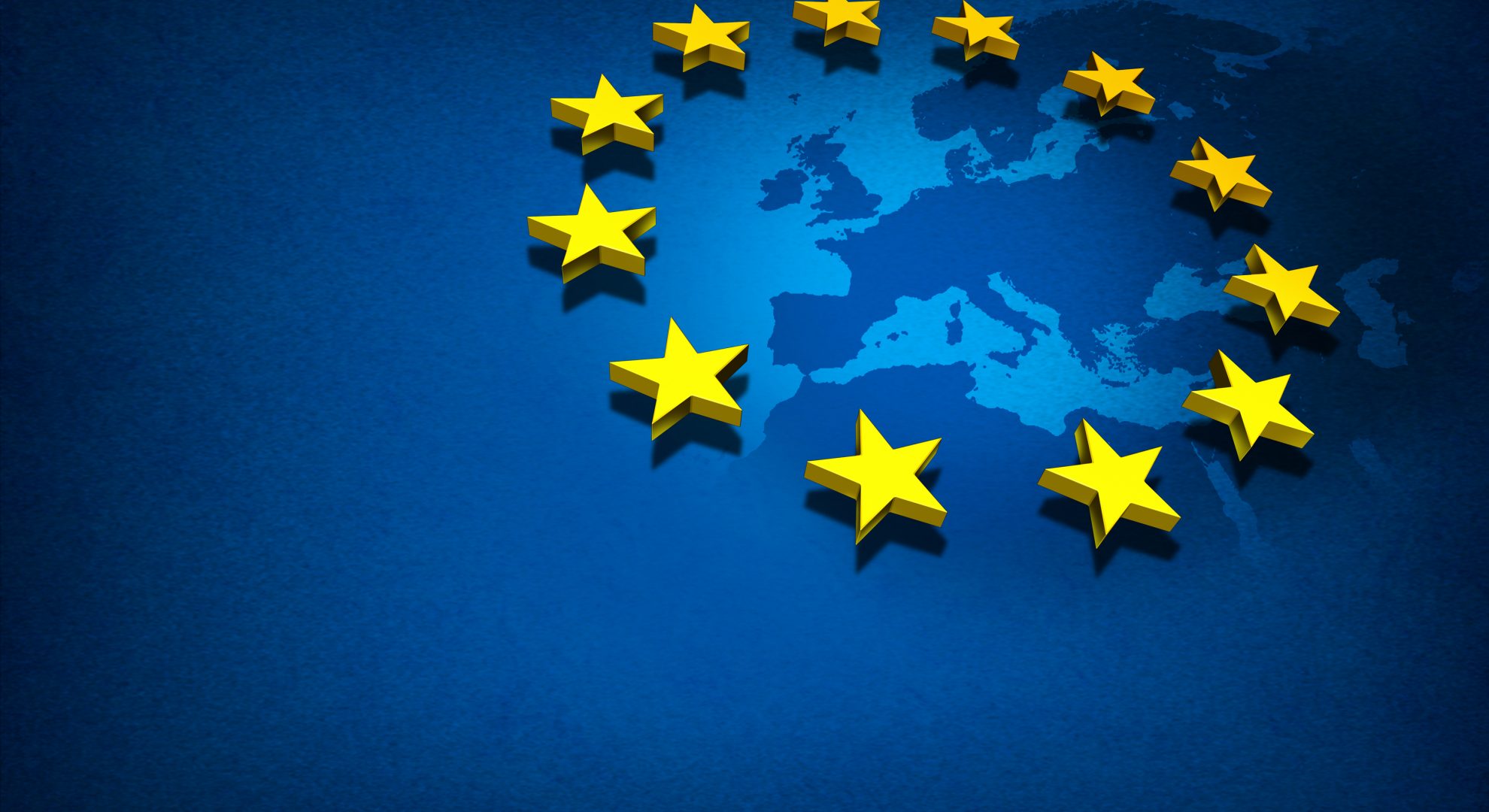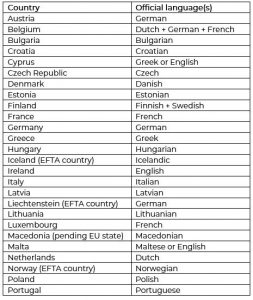As a translation company that does a lot of work on technical documentation, both for end clients and for agencies, a large proportion of the work we undertake falls under the requirements of the EU Machinery Directive, also known as Directive 2006/42/EC of the European Parliament and of the Council of 17 May 2006. In this article we take an in-depth look at the information required by the Machinery Directive and the Machinery Directive translation requirements.
Given the current focus of UK politics, you’ve probably heard of the European Union and have a vague idea of what it does. But in case you aren’t aware, the European Union is a political and economic union of 28 member states that produces policies aimed at facilitating the free movement of people, goods and services and capital within the internal market. A directive is a legal act of the European Union which requires member states to achieve a particular result without dictating the means by which this result is achieved.
One such directive is the Machinery Directive, whose main focus is to ensure a common safety level in machinery placed into the market or put in service in all EU member states and to ensure the freedom of movement of this machinery within the European Union. It applies to machinery, interchangeable equipment, safety components, lifting accessories, chains/ropes/webbing, removable mechanical transmission devices and partly completed machinery. It is worth noting that machinery covered by other more specific directives is excluded from this scope, such as motor vehicles and household appliances.
What information do I need to provide to comply with the Machinery Directive
The full list of information required by the Machinery Directive can be found in the document itself, which can be accessed in English here: 2006/42/EC Machinery Directive
Generally, you need to make sure that you provide:
- Information and warnings on the machinery
- Machine Instructions
- Assembly instructions for partly completed machinery
- EU Declaration of conformity of the machinery
- Declaration of Incorporation of partly completed machinery
Section 1.7.1 clearly sets out the required formats for information on the machinery:
“Any written or verbal information and warnings must be expressed in an official Community language or languages, which may be determined in accordance with the Treaty by the Member State in which the machinery is placed on the market and/or put into service and may be accompanied, on request, by versions in any other official Community language or languages understood by the operators.”
These Machinery Directive translation requirements can be simplified into a requirement to translate your documents into the official language of each of your target markets. However, you must make sure that you are aware of any countries that have more than one official language.
What are the Machinery Directive translation requirements?
How do you know what to translate, and into which languages? The answer to this may be simpler than you think. It all depends on your product and your intended market.
You may recognise the CE mark, a conformity mark that acts as a declaration from the manufacturer that their product meets the necessary requirements of any applicable EC directives relating to that product. At STAR, we most commonly encounter this mark for products which meet the standards of the Machinery Directive 2006/42/EC, though there are countless other Directives which are part and parcel of the CE marking system.
Section 1.7.4. of the Machinery Directive reads as follows:
“All machinery must be accompanied by instructions in the Official Community language or languages of the Member State in which it is placed on the market and/or put into service.”
Put simply, you need to translate your documents into the official language of each of your target markets. However, make sure that you are aware of any countries that have more than one official language. It is best to do some research to find out which languages you need in order to comply with the Machinery Directive. For your reference, we’ve given a list of the official languages of EU countries, and some additional countries below.
* EFTA Country – European Free Trade Association Country
Do I really need to translate every single item of documentation?
This depends on the type of documentation and the target readership. The main rule is that all machinery should be accompanied by instructions and declarations of conformity, both of which should be available in the appropriate language. The instructions are needed so that the machinery can be operated correctly and safely – this cannot be guaranteed if the user does not fully understand the instructions.
However, the Directive does allow for an exception to that rule:
“By way of exception, the maintenance instructions intended for use by specialized personnel mandated by the manufacturer or his authorized representative may be supplied in only one Community language which the specialized personnel understand.” (Section 1.7.4)
Perhaps you have a German engineer who is located very close to the borders of the Netherlands and Belgium. You may wish to send him to service your machinery in each of those countries. The Machinery Directive allows you to only provide German translations of any maintenance instructions which are intended solely for this engineer – he understands German (one of the Community languages) and therefore you don’t have to also give him Dutch translations just because he’s going to work in Amsterdam.
Does the document need to say anything special to show that we’re working within the law?
One of the general principles for drafting instructions given within the Machinery Directive relates to the labelling of said instructions, specifically:
“The instructions accompanying the machinery must be either ‘Original instructions’ or a ‘Translation of the original instructions’, in which case the translation must be accompanied by the original instructions.” (Section 1.7.4)
The “Original Instructions” are those for which the manufacturer accepts liability and are to be supplied with every machine sold. They denote that the language version has been verified by the manufacturer or their authorised representative. Multiple language versions can be labelled as “Original Instructions” where the manufacturer accepts liability for the contents.
For any translations of these instructions, the text must be labelled as “Translation of the original instructions” or similar, so that any end users know that the original documents were not written in their native language.
How will these Machinery Directive translation requirements be affected by Brexit?
At the time of writing (September 2019), the spectre of a “No Deal Brexit” looms large and there is currently no consensus on exactly what will happen following the United Kingdom’s departure from the European Union. However, we hope that we can provide some clarity (only as concerns the Machinery Directive translation requirements though… we’re just as confused as the rest of the population when it comes to the UK’s future with its EU trading partners!).
As we understand it, if you wish to trade with an EU member state, you are bound to comply with the regulations currently in force within that EU member state. For this reason, we would advise that the translation requirements as listed above will still apply post-Brexit. We hope to update this resource with regards to this issue as soon as any clarifications are available.
So, if you think you might require a translation, and you’d like to discuss it with us, talk to a member of our team. Alternatively, fill in the form below and we’ll be in touch.
Author: Bethanie Melly, Senior Project Manager
Reference for all Machinery Directive quotations appearing in this article:
“2006/42/EC Machinery Directive”, EUR-Lex, https://eur-lex.europa.eu/legal-content/EN/TXT/HTML/?uri=CELEX:32006L0042&from=EN, accessed 23rd September 2019.

